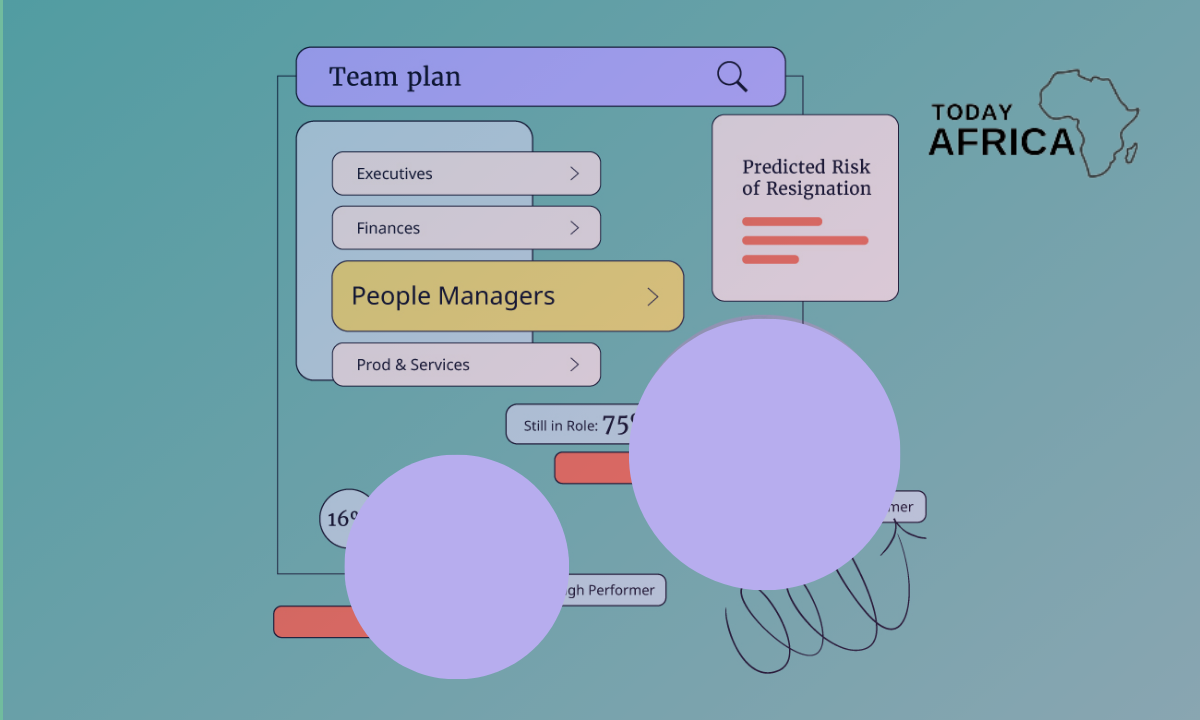In financial analysis, numerous tools and metrics are employed to evaluate the viability of potential investments. One such tool is the Discounted Payback Period (DPBP).
This metric provides a measure of the time it takes for a project’s discounted cash flows to recover the initial investment.
Unlike the traditional payback period, the DPBP incorporates the time value of money, making it a more refined and accurate investment appraisal technique.
What is the Time Value of Money
Before delving into the intricacies of the discounted payback period, it’s crucial to grasp the concept of the time value of money. Essentially, this principle acknowledges that a sum of money received today is worth more than the same amount received in the future. This is due to the potential earning capacity of the money in the present.
What is a Discounted Payback Period?
It is a capital budgeting technique that calculates the amount of time required for a project’s net present value (NPV) to become positive.
It involves discounting future cash flows to their present value using a predetermined discount rate, typically the company’s weighted average cost of capital (WACC).
How to calculate the discounted payback period
Calculating this involves the following steps:
- Estimate the initial investment: Determine the total cost of the project.
- Project future cash flows: Forecast the expected cash inflows for each period.
- Determine the discount rate: Choose an appropriate discount rate, usually the WACC.
- Calculate the present value of cash flows: Discount each cash flow to its present value using the discount rate.
- Calculate the cumulative net present value: Sum the present values of cash flows for each period until the cumulative value equals or exceeds the initial investment.
Example calculation
To illustrate the calculation, consider a project with an initial investment of $100,000 and the following projected cash flows:
| Year | Cash Flow | Present Value (Discount Rate = 10%) | Cumulative Present Value |
|---|---|---|---|
| 1 | $30,000 | $27,273 | $27,273 |
| 2 | $40,000 | $33,058 | $60,331 |
| 3 | $50,000 | $37,566 | $97,897 |
| 4 | $60,000 | $41,322 | $139,219 |
In this example, it falls between year 3 and year 4. To determine the exact period, calculate the fraction of the final year required to recover the remaining investment:
Discounted Payback Period = 3 + (Unrecovered Amount / Cash Flow in Year 4)
Unrecovered Amount = Initial Investment – Cumulative Present Value at the end of year 3 = $100,000 – $97,897 = $2,103 Cash Flow in Year 4 = $41,322
DPP = 3 + ($2,103 / $41,322) = 3.05 years
Advantages of the Discounted Payback Period
- Relatively simple to understand and calculate: The concept is straightforward, making it accessible to various stakeholders.
- Focuses on liquidity: The DPBP emphasizes the time it takes to recover the initial investment, which is crucial for cash-constrained businesses.
- Incorporates time value of money: Unlike the traditional payback period, the DPBP considers the time value of money, providing a more accurate assessment.
Disadvantages of the Discounted Payback Period
- Ignores cash flows beyond the payback period: The DPBP fails to consider the profitability of a project after the payback period, potentially leading to suboptimal decisions.
- Sensitive to the discount rate: The choice of discount rate significantly impacts the DPBP, making it susceptible to variations in the cost of capital.
- Arbitrary cutoff period: There is no universally agreed-upon standard for the acceptable discounted payback period, making comparisons between projects challenging.

Comparison to Other Capital Budgeting Techniques
Discounted payback period vs. payback period
- Payback period: This method doesn’t consider the time value of money. It simply calculates the time to recover the initial investment without discounting cash flows. While easier to compute, it’s less accurate than the discounted payback period.
- Discounted payback period: Incorporates the time value of money, making it a more refined measure of investment recovery time. However, it still ignores cash flows beyond the payback period.
See Also: How Does a VC Firm Make Money
Net present value (NPV) vs. Discounted payback period
- Net present value: Calculates the present value of all cash inflows and outflows of a project. A positive NPV indicates a profitable project. While it provides a comprehensive view of project profitability, it doesn’t directly measure investment recovery time.
- Discounted payback period: Focuses on the time taken to recover the initial investment, which can be crucial for businesses with liquidity concerns. However, it ignores the project’s overall profitability.
Discounted payback period vs. internal rate of return (IRR)
- Internal Rate of Return: Determines the discount rate at which the NPV of a project becomes zero. It measures the project’s expected rate of return. While it provides a rate of return, it doesn’t directly indicate when the initial investment is recovered.
- Discounted Payback Period: Provides a timeframe for investment recovery but doesn’t measure the overall profitability or rate of return.
Limitations and Considerations
While this offers valuable insights, it’s essential to recognize its limitations:
- Ignores cash flows beyond the payback period: This can lead to suboptimal decisions, especially for projects with long-term benefits.
- Sensitive to the discount rate: Changes in the discount rate can significantly impact the DPBP.
- Arbitrary cutoff period: There’s no universally agreed-upon standard for an acceptable payback period.
To mitigate these limitations, the discounted payback period should be used in conjunction with other capital budgeting techniques to provide a more comprehensive evaluation of investment opportunities.
Read Also: What Are the Reasons Cash Flow Plans Sometimes Don’t Work?
By understanding the strengths and weaknesses of the discounted payback period and considering its application in different industries, financial analysts can make more informed investment decisions.
Conclusion
The discounted payback period is a valuable financial metric that enhances the traditional payback period by incorporating the time value of money. It provides a more accurate and realistic measure of an investment’s recovery time, making it a useful tool for evaluating the profitability and risk of various investment opportunities.
However, it should be used in conjunction with other financial metrics to obtain a comprehensive understanding of an investment’s potential. By understanding and applying it, investors and businesses can make more informed and strategic investment decisions, ultimately leading to better financial outcomes.
















